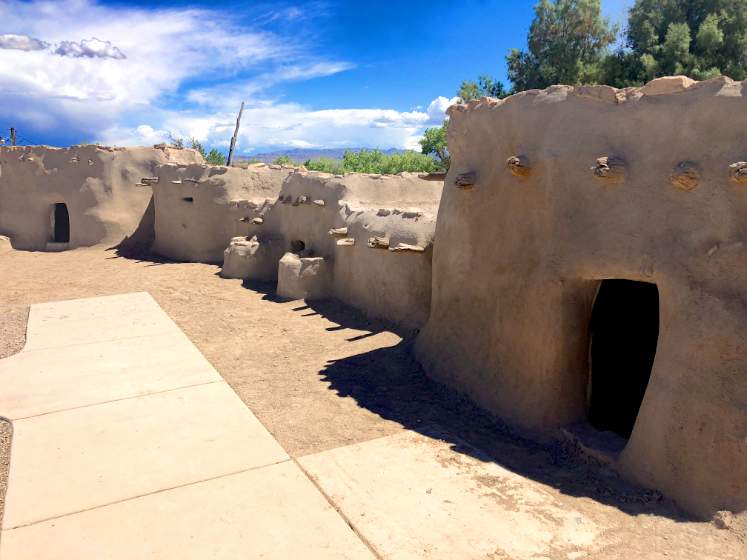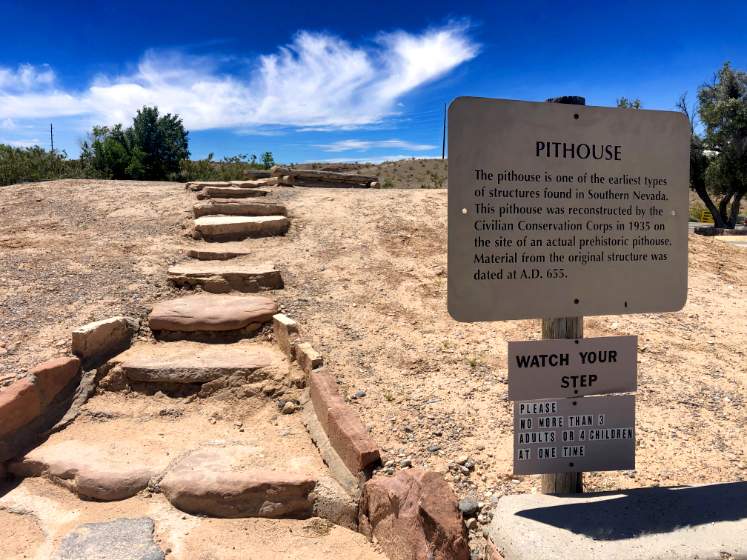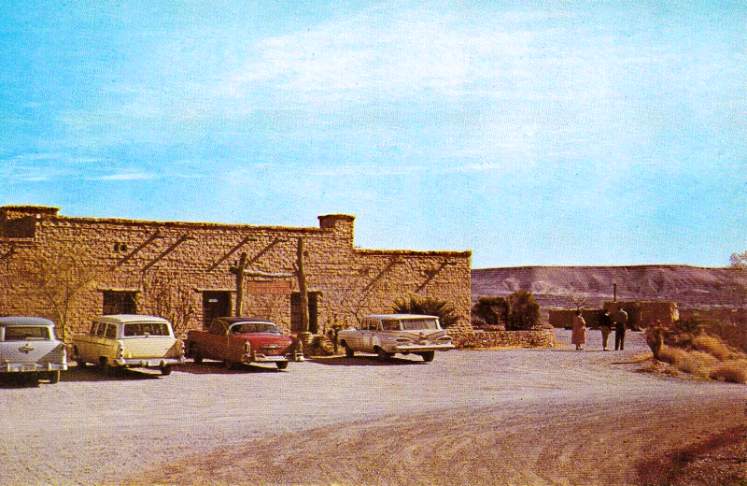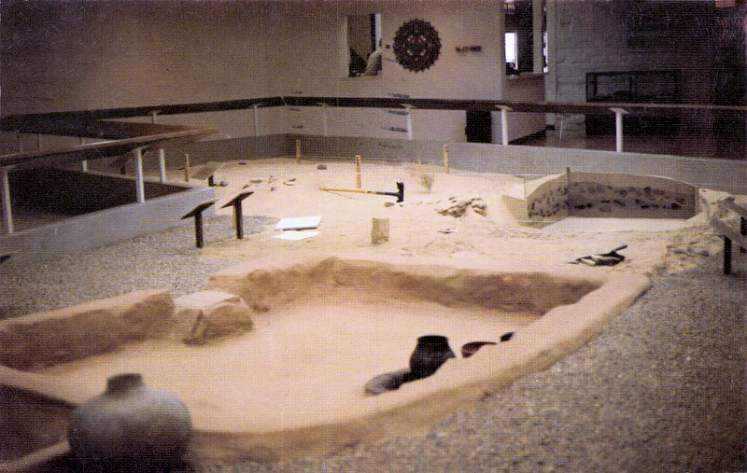
Lost City Museum





"Existing today as a 30-mile series of adobe ruins, this “Lost City” was once the home of an ancient Anasazi Indian civilization. Beginning with the basketmakers (300 B.C.-A.D.700) & followed by the Pueblos (A.D.700-1150) this valley was inhabited by a sedentary population of Anasazi farmers. They grew corn, beans, squash and cotton on the valley floor. (The high ground was used for housing) Watered by the Muddy River which sources at Warm Springs, 25 miles north of here, living in pithouses and later, multi-room adobe pueblos, these people maintained a rich culture as manifest by archaeological records they left behind. The Lost City Museum was built in 1935 to preserve the remains of this great civilization which suddenly disappeared ca. A.D. 1150, possibly due to severe, widespread drought."
(The Lost City Museum)
"Fay Perkins Sr., was born in Overton, Nevada and spent his entire life in Moapa Valley. In 1924, Fay Perkins and his brother John Perkins reported to Governor James G. Scrugham that many ancient Indian ruins existed in the Moapa Valley. Governor Scrugam immediately called archaeologist M.R. Harrington, of the Heye Foundation, Museum of the American Indian, and excavations were begun in that year.
From 1924, until his death in 1962, Fay Perkins remained involved in archaeology in Southern Nevada. Due to his efforts, artifacts from archaeological sites, to be inundated by Lake Mead, were excavated and preserved. During the 1940's, Perkins was instrumental in establishing the Lost City Museum of Archaeology, under the National Park Service, and in 1952, when the museum became a State institution, was appointed its first curator by Governor Vail Pittman. Fay Perkins served as curator of the museum from 1952 until 1958. When failing health forced him to resign. He did, however, continue to serve as assistant curator until his death."
(The Lost City Museum)
Listed on the National Register of Historic Places in 1996.
Located at 721 South Moapa Valley Boulevard, Moapa Valley, Nevada.